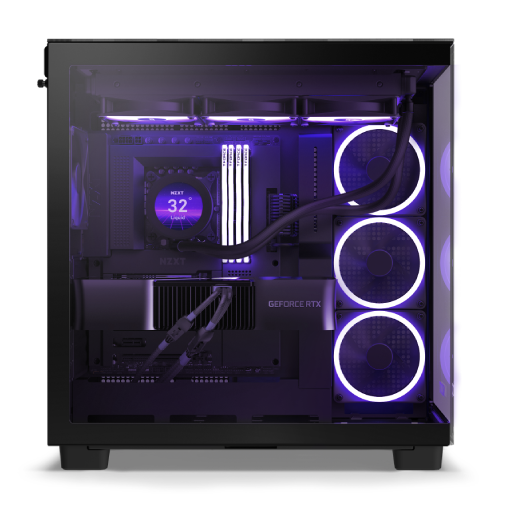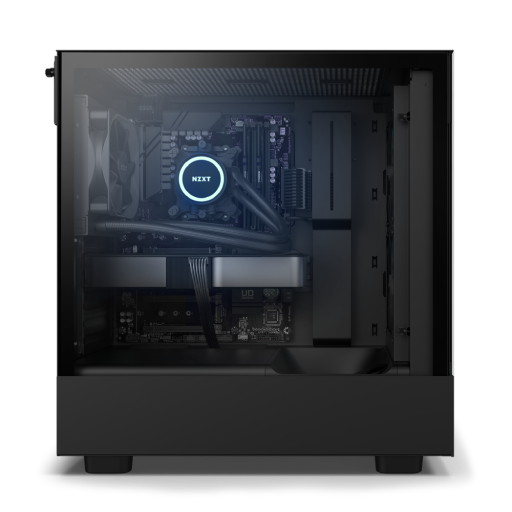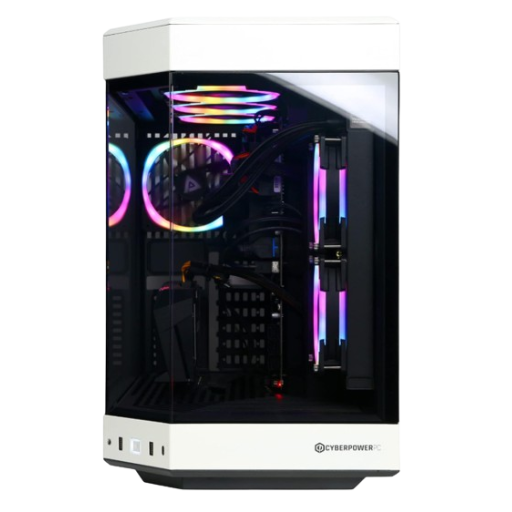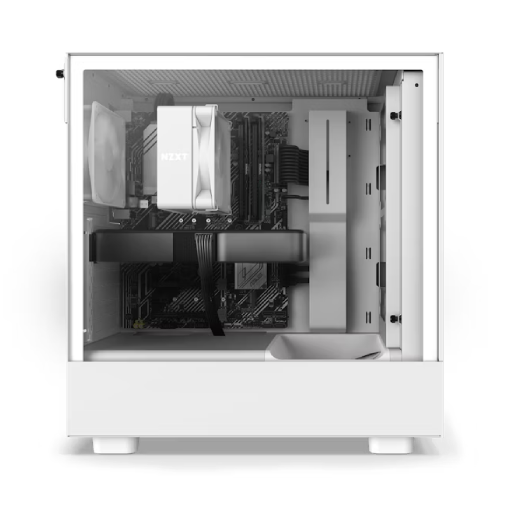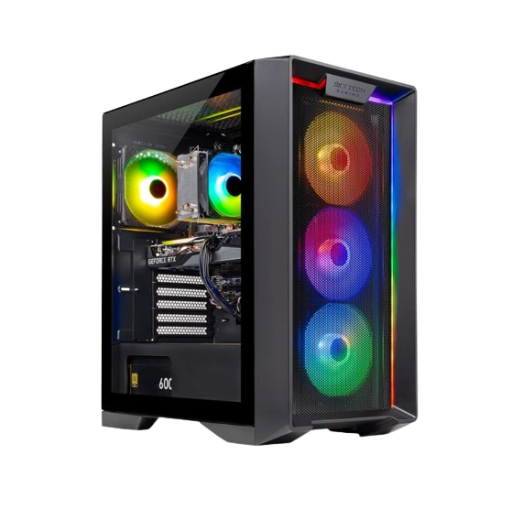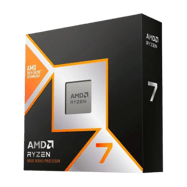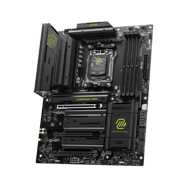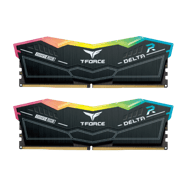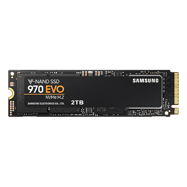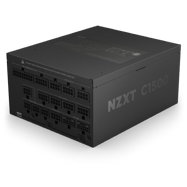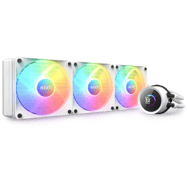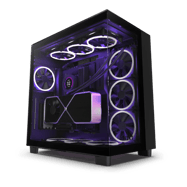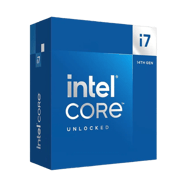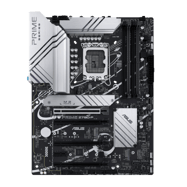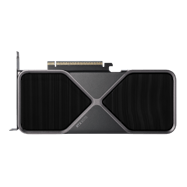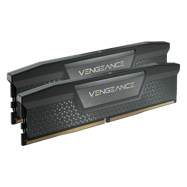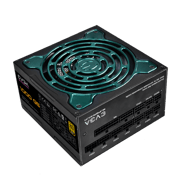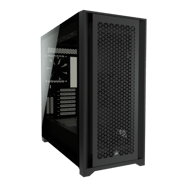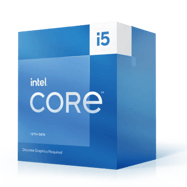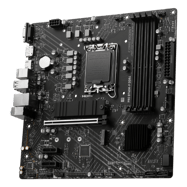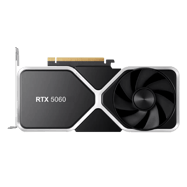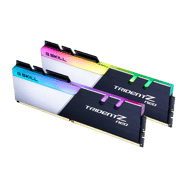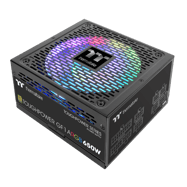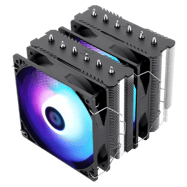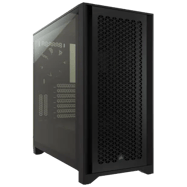Staff’s Choice
Introduction
Developers built VALORANT from the ground up to run smoothly, but that doesn’t mean you should cheap out on your gear. VALORANT runs on very low tier hardware, but getting as many frames as possible is the name of the game with competitive shooters like this. As such, it can pay off to invest in good components if you’re looking for a PC for VALORANT.
In this guide, we’ll give you a number of options to consider at three different price points; budget, mid tier, and an all-out tier. We list prebuilts as well as custom builds so there’s something in here for everyone.
Top Tier System – Maximum framerates
If you want to build a top tier system that will absolutely devour VALORANT at all resolutions and framerate targets, this is it. The AMD Ryzen 7 9800X3D, coupled with an RTX 4080, is a formidable combination and is just about the best you can get right now. To futureproof the build, we’ve included a 1500W Platinum PSU, enabling you to easily upgrade down the line.
PC specs
This build is reserved for diehard enthusiasts who don’t mind spending a lot of cash for (in VALORANT, at least) marginal gains, or for people who want to maximize their performance for professional/competitive reasons. It will easily gets hundreds of frames per second, and if you’re playing at 1080p (like most professional gamers) you won’t ever see the frames dip in a noticeable manner.
Needless to say, this build is kind of overkill for most gamers who will only/mostly focus on VALORANT, so if you’re a bit more budget-conscious, we recommend you to take a look at some of our other options.
Prebuilt Alternative
The NZXT Player Three Prime is one of the best prebuilts for people who want to get a rocket ship of a PC these days. If you don’t want to shell out that kind of money for the absolute top tier components, there’s also the regular Player Three to consider.
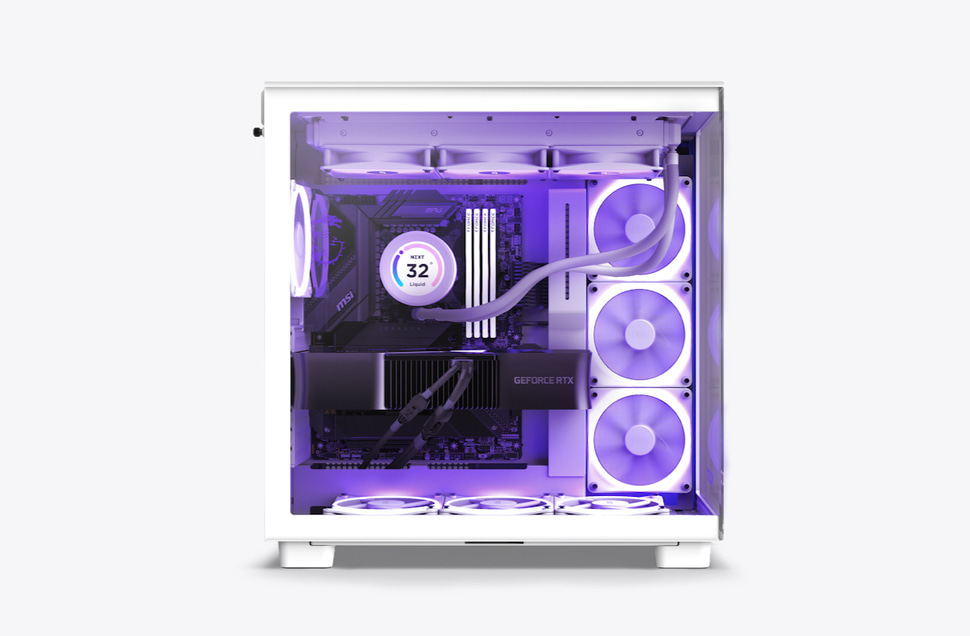
Performance System – For 360+ fps at 1080p
For players who want a competitive system without shelling out the money for the top components, we’ve got this system. It’s ideal for competitive players who are on a 240/360Hz system at 1080p, as it will deliver a steady supply of frames without any issues.
PC specs
We’ve got 16GB of DDR5 memory at 5200MHz, which should run the game without issue. In terms of the PSU, we went with 1000W, which offers slightly more wattage than required, but this way you can steadily upgrade this build when new GPUs etc. come out without worrying. If you’re wanting to save a bit more money, feel free to level down the GPU somewhat.
Aside from being our option for competitive VALORANT player who are looking for attractive value/performance propositions, this is also ideal for gamers who play VALORANT at 1040p. Naturally, this system will also run most new games at high (or max) settings, so it’s an ideal system for an enthusiast gamer.
If you’re truly on a budget and you only play VALORANT casually, you can also look towards our budget options.
Prebuilt Alternatives
The NZXT Player Two is one of our favorite mid tier prebuilt gaming PCs right now. It has quality components and is made by a reliable manufacturer, so if you don’t want to build your own PC this is a good one to consider. Alternatively, CyberPowerPC also offers a great mid tier option in their Gamer Xtreme VR line of PCs.
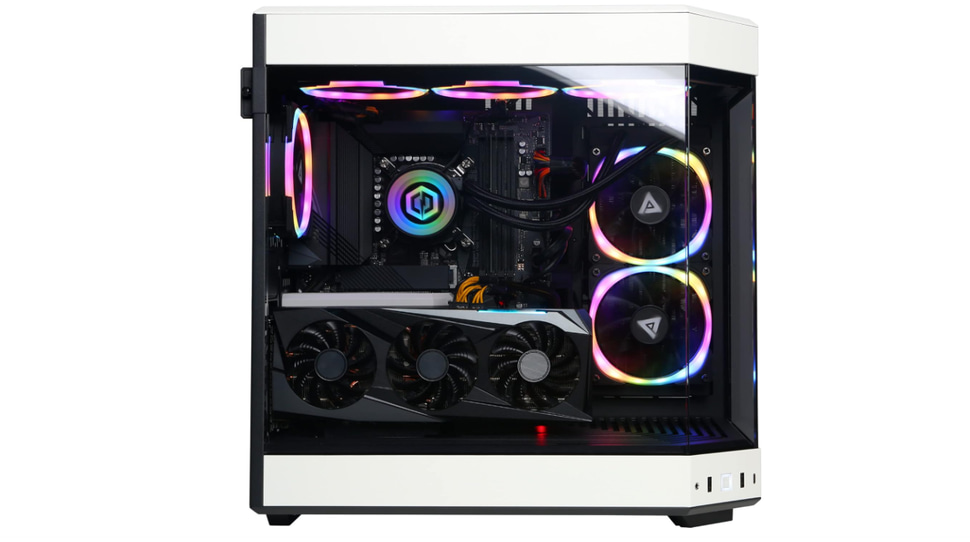
Budget System – For 144+ framerates at all times
VALORANT isn’t a very hard game to run at all, so you can definitely get away with a budget build if your main focus is VALORANT. Of course you won’t be swimming in frames like with the other tier builds in this guide, but you should reliably get enough frames at 1080p to saturate a 144/240Hz monitor, provided you lower a couple of settings.
PC specs
This system definitely targets the budget end, but you can make some upgrades if you’ve got more money to spend. You could go for a bigger SSD, or go for 32GB of RAM instead of 16GB. Nevertheless, this should be an ideal system for playing VALORANT on the budget end and should give you competitive framerates at 1080p without much issues.
Prebuilt Alternatives
The Skytech Nebula has basically the same specs as the custom build we’ve suggested, so it’s a great prebuilt alternative to consider. The same applies to the NZXT Player One. Both are great prebuilt options to consider if you’re gaming on a budget.
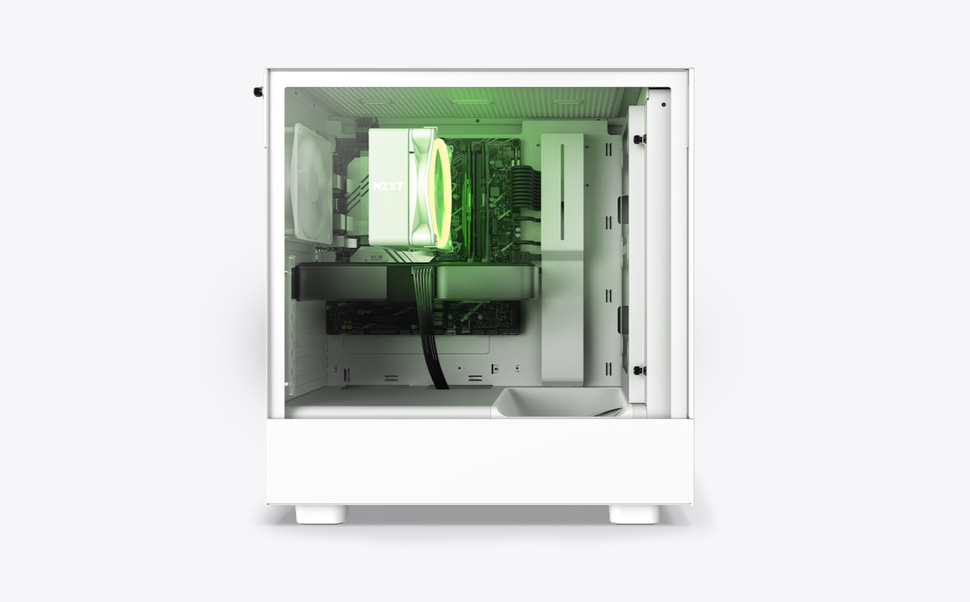
VALORANT System Requirements
| Minimum Requirements | Recommended Specs | |
|---|---|---|
| Operating System | Windows 7/8/10 64-bit | Windows 7/8/10 64-bit |
| Processor | Intel Core 2 Duo E8400 / AMD Athlon 200GE | Core i3-4150 / Ryzen 3 1200 |
| GPU | Intel HD 4000 / Radeon R5 200 | GeForce GT 730 / Radeon R7 240 |
| Memory | 4GB | 4GB |
| Storage | 20 GB hard drive space | 20 GB hard drive space |
Running VALORANT isn’t difficult. According to Riot, an Intel HD 4000 processor graphics card is capable of running the game at 30 frames per second on low settings. That framerate might be fine for games where you’re just relaxing and enjoying the game from your couch but it’s absolutely not sufficient if you want to compete with the best.
The ‘high-end specs’ listed on Riot’s website require an i5-4460 3.2GHZ CPU along with at least a GTX 1050 Ti GPU. That’s pretty modest, all things considered, so you won’t need an insanely beefy PC to game on 144Hz monitors. If you want to learn more, you can always read our article on VALORANT’s system requirements.
With a game that’s so easy to run, we do see that the ‘competitive standard framerate’ shifts upwards, however. Instead of 144Hz gameplay being the competitive minimum, we see that 95% of VALORANT pros are using a 240Hz or 360Hz monitor, meaning that you’re going to need a beefier PC than what Riot has listed if you want to reach those levels.
Best PC for VALORANT – Conclusion
Watching all these streamers with their top-tier RGB-covered builds can lead one to think that you need a top-tier PC in order to play at the competitive level, but that’s not true at all. VALORANT is a game that’s very easy to run so if you want to stay above that 144Hz mark you don’t need to spend a whole lot of money.
With that said: the competitive minimum refresh rate in a game such as VALORANT definitely lies at 240 frames per second, so if you want your gear to be up to par with the rest of the field, you may want to make some investments.
With this guide, you should have an ideal baseline for you to come up with your own system based on your budgetary reality while still having a reliable system that won’t let you down in the middle of a hectic fight.


